Jordan Said
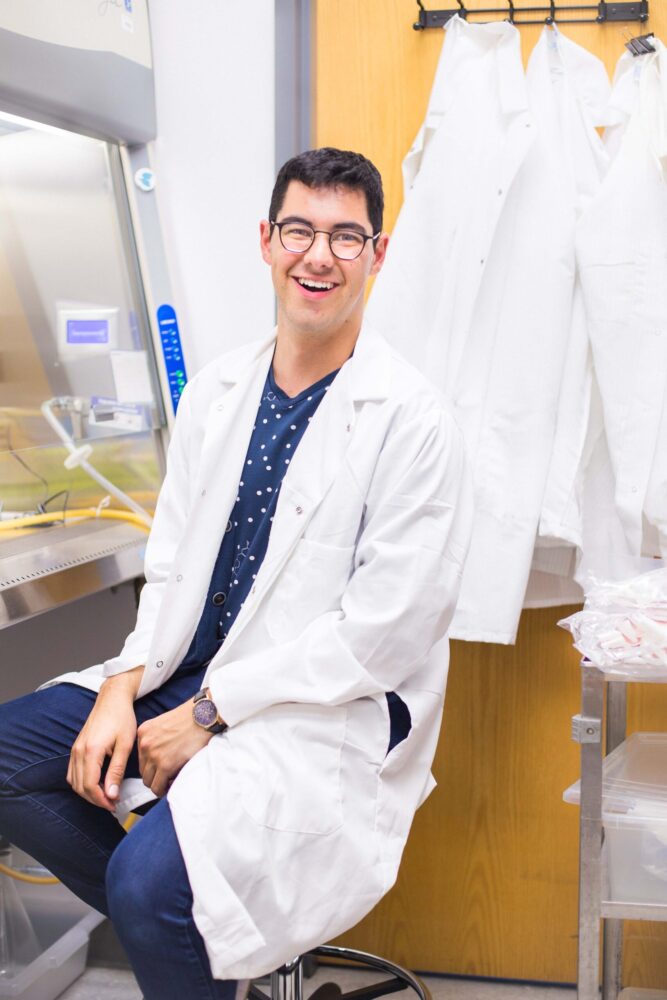
Clathrin-mediated endocytosis (CME) is a highly conserved cellular process responsible for nutrient uptake and membrane recycling in eukaryotic cells. After initiation, clathrin and adaptor proteins are recruited to form a clathrin-coated pit, which ultimately matures into a vesicle that is cleaved from the membrane by the concerted efforts of multiple proteins. Several of these endocytic proteins possess a conserved Bin-Amphiphysin-Rvs (BAR) domain, a protein element that can both sense and generate membrane curvature. One of the key proteins in mammalian clathrin-mediated endocytosis is sorting nexin-9 (SNX9), a protein involved in […]
Eileen Phan
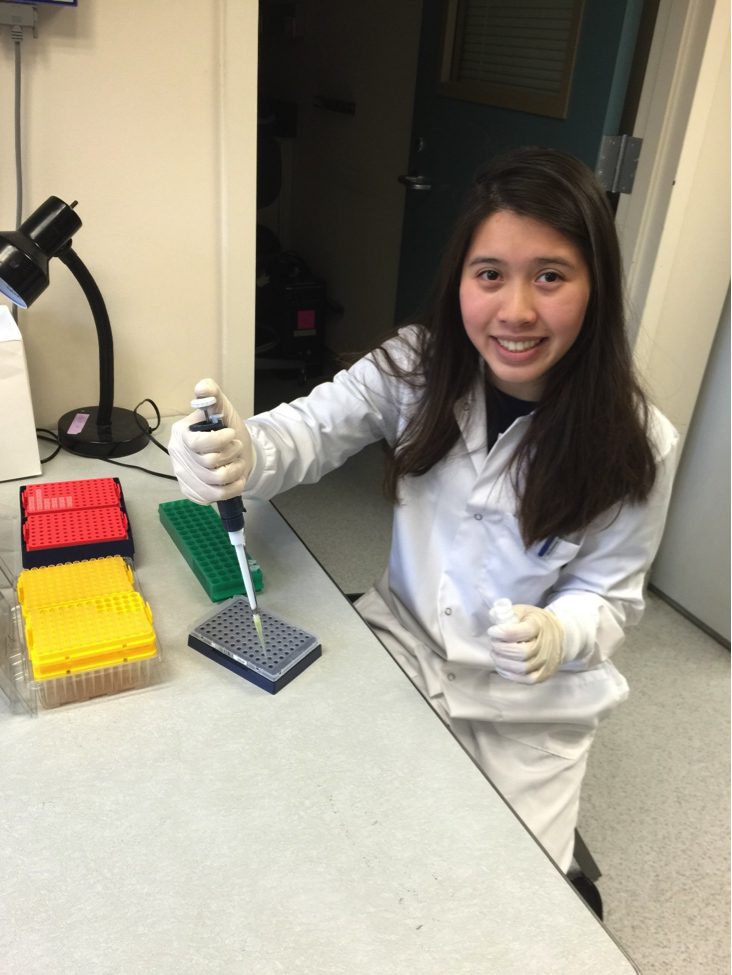
Emmetropization is the process in which the eye adjusts its length based on the defocus it receives in order to achieve better clarity of vision. Ocular refractive errors such as myopia (near-sightedness) or hyperopia (far-sightedness) occur when there is a dysregulation in emmetropization, resulting in a mismatch of the eyes axial length and optical power creating blurred vision or defocus. Understanding the underlying mechanisms to this process is thus crucial to a cure for myopia which is a disease that affects hundreds of millions world-wide. Prior research in the chick-model […]
Beth Connors

One of the most interesting components of the global carbon cycle is the movement of carbon from the atmosphere to the deep ocean, where it is deposited as particulates, a process called the Biological Carbon Pump (BCP). The BCP combines physical oceanography and biology, as the majority of the carbon dioxide that is pulled from the atmosphere into our oceans for biological processes in the photic zone, and then moves from the surface to the deep ocean as zooplankton excrement. Using robotic devices to monitor this chemical and biological cycle, […]
Joseph Oh
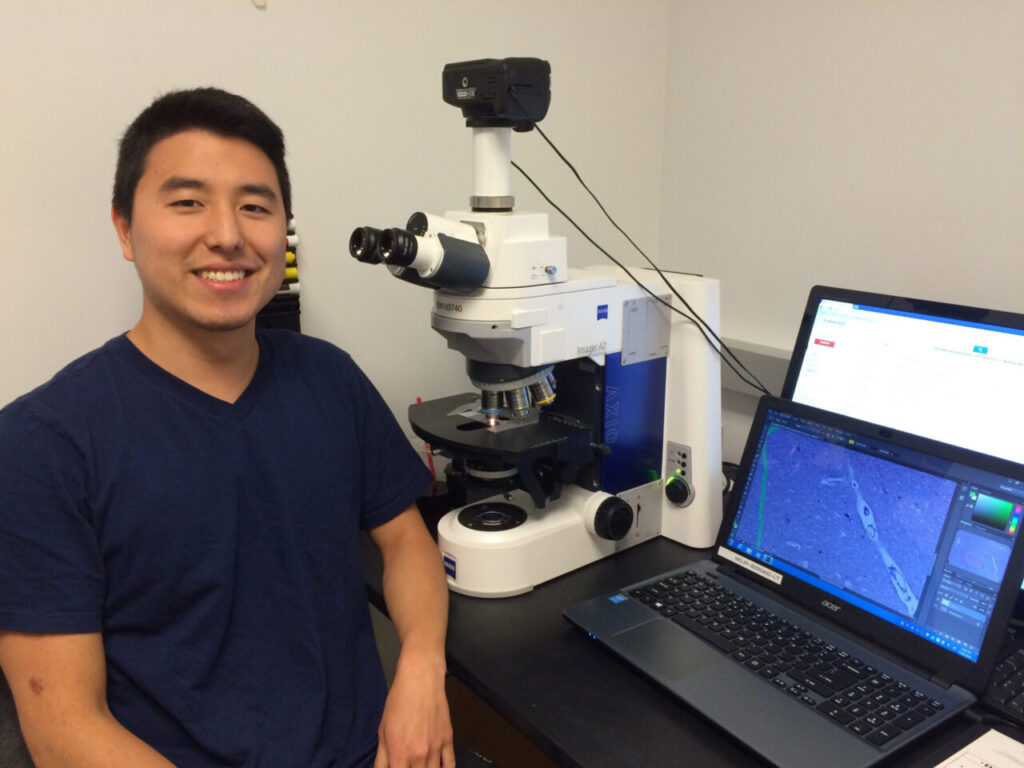
The purpose of my research is to investigate the neurobiological basis of sleep disturbances in humans using neurodegenerative conditions associated with signature patterns of sleep changes as a model. Alzheimers Disease (AD), Corticobasal Degeneration (CBD) and Progressive Supranuclear Palsy (PSP) are the most frequent tauopathies, neurodegenerative conditions associated with accumulation of misfolded tau protein in selective brain areas. Despite coursing with neuronal loss and accumulation of misfolded tau inclusions, these conditions involve different brain areas and cause distinctive clinicopathological features. In all these diseases, patient experience disturbances in sleep/wake pattern […]
Quinn Spencer
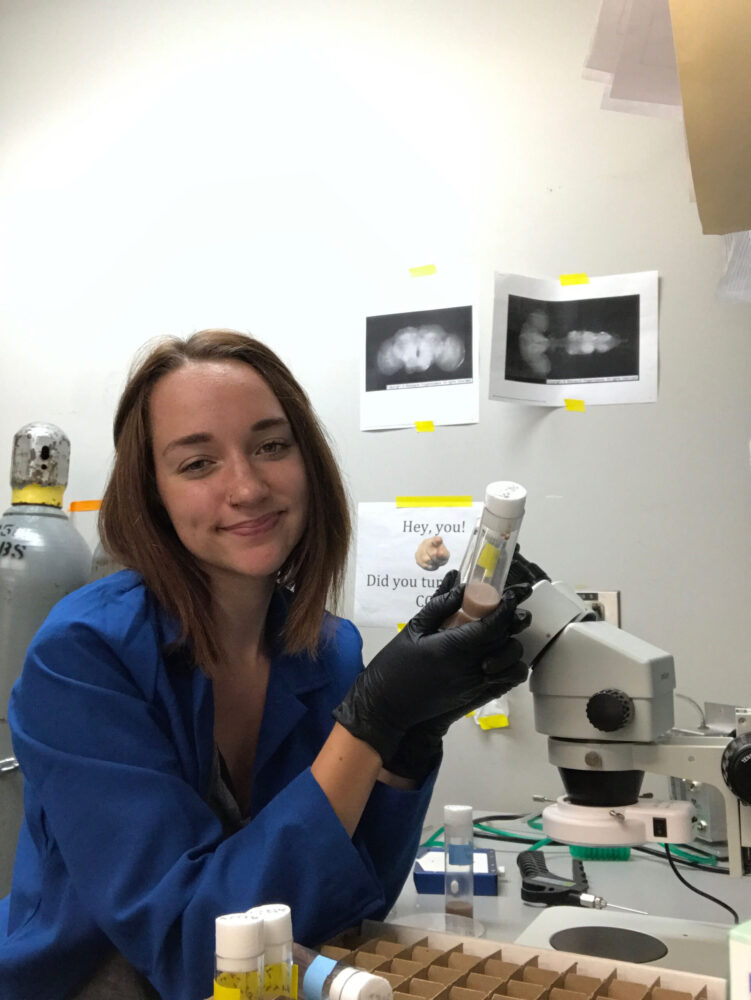
Entomopthera muscae is a fungus that infects flies that can induce behavioral changes and subsequently cause morbidity Drosophila melanogaster. However, the mechanism behind this drastic modification is still largely unknown. My research aims to find a way to modify and flourescently tag a gene in the fungus using CRISPR/Cas9, which may allow us to better understand mechanisms of infection and subsequent behavioral modifications in the host organisms. By doing so, we will be able to track how the fungus can travel through and modify the function of the nervous system […]
Jiahan Du

The rich theory of algebraic computational complexity aims to study the complexity of objects with an intrinsic mathematical structure. In particular, for each n, matrix multiplication of two n n matrices can be expressed as a bilinear map, which corresponds to a tensor via a well-known isomorphism. The rank of this tensor controls the asymptotic complexity of matrix multiplication of a particular dimensionality. Despite this powerful relationship, much is still unsettled; for instance, the rank of the tensor corresponding to n = 3 is not even known. But to date, […]
Sabrina Berger

The Very Large Array (VLA) radio interferometer in New Mexico is an excellent instrument to look for radio transients such as fast radio bursts (FRBs). FRBs are intense radio signals lasting milliseconds that do not yet have a confirmed origin. An interferometer employs an array of radio telescopes to observe radio frequencies. FRBs are a new major interest in radio astronomy because of their mysterious nature and increasing number of observations. Many radio telescopes are beginning to design and construct FRB pipelines that search incoming data in real time. Besides […]
Yizhen Zhang
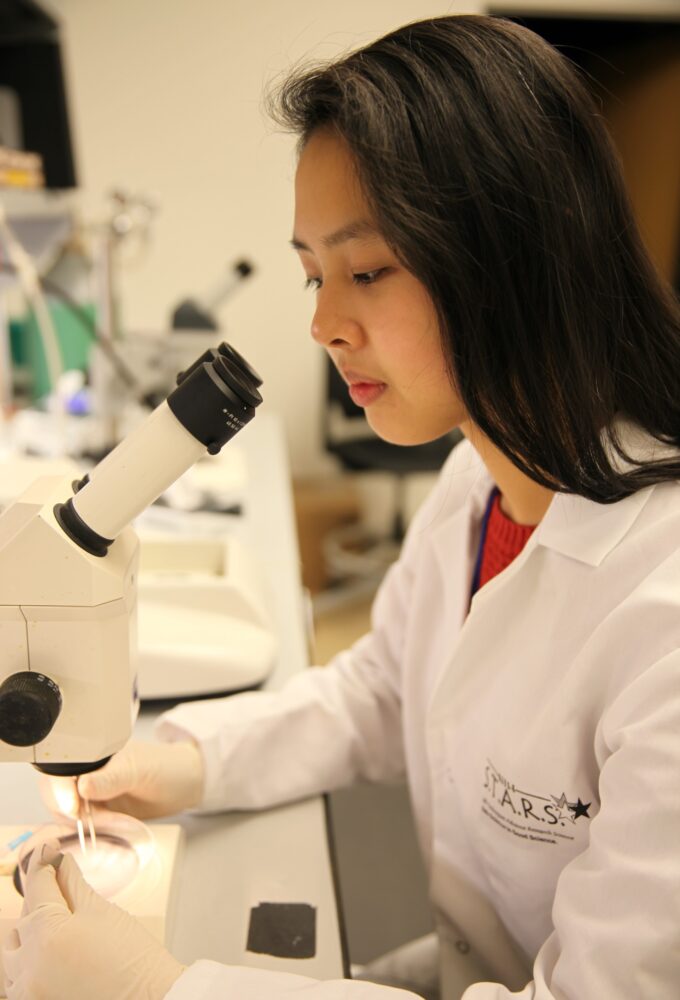
Vision is one of the most important senses in vertebrates. In adults, photoreceptors in the retina convert light into electrical signals, interneurons modify these signals, and retinal ganglion cells (RGCs) integrate the signals and send output to the brain. In most newborn mammals, photoreceptors and interneurons are not yet fully functional. However, newborns still respond to light. How are they seeing? A RGC subpopulation are atypical photoreceptors that respond to light in development. These intrinsically photosensitive RGCs (ipRGCs) encode light intensity and send output to the brains centers for mood […]
Spencer Doyle
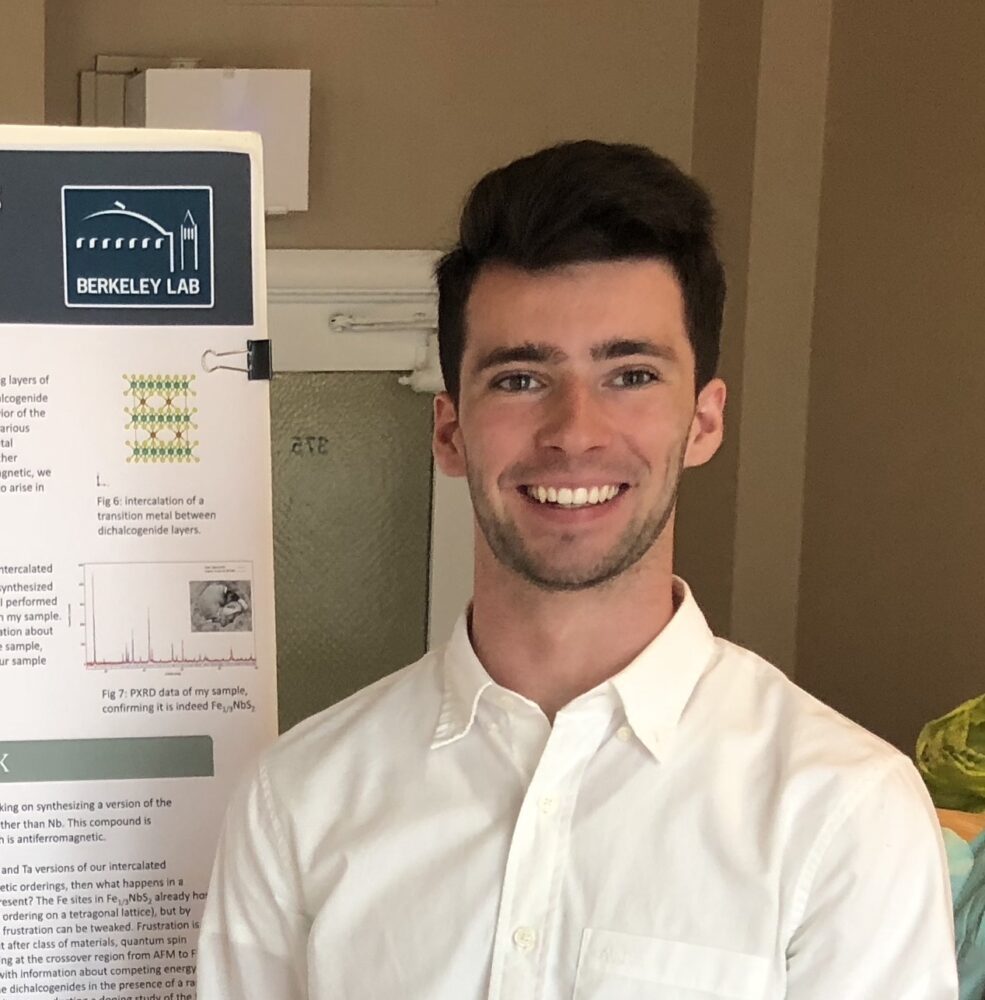
Transition metal dichalcogenides make up a class of 2D semiconductors that are of high interest in the field of condensed matter currently. I plan on synthesizing two primary intercalated versions of these compounds: Fe(1/3)NbS2 and Fe(1/3)TaS2. These two compounds have competing magnetic orderings (antiferromagnetism and ferromagnetism respectively), so what happens in a hybrid material where both Nb and Ta are present? The Fe sites in Fe(1/3)NbS2 already host frustrated moments, but by incorporating some ferromagnetic ordering from the Ta compound, the frustration can be tweaked. Frustration is one of the […]
Jessica Bonnar

In eukaryotes, an essential growth regulator is a multi-subunit, plasma membrane(PM)-associated protein kinase, the Target of Rapamycin Complex 2 (or TORC2). Work using Saccharomyces cerevisiae has established that TORC2 is responsible for controlling processes that preserve PM homeostasis and that regulate actin polymerization. Studies have shown that the localization of TORC2 to the plasma membrane is essential for the complex’s function. However, little is understood about the processes that regulate the assembly, maintenance and activity of TORC2 itself. Avo3, a TORC2 subunit necessary for maintaining stability of the complex, contains […]